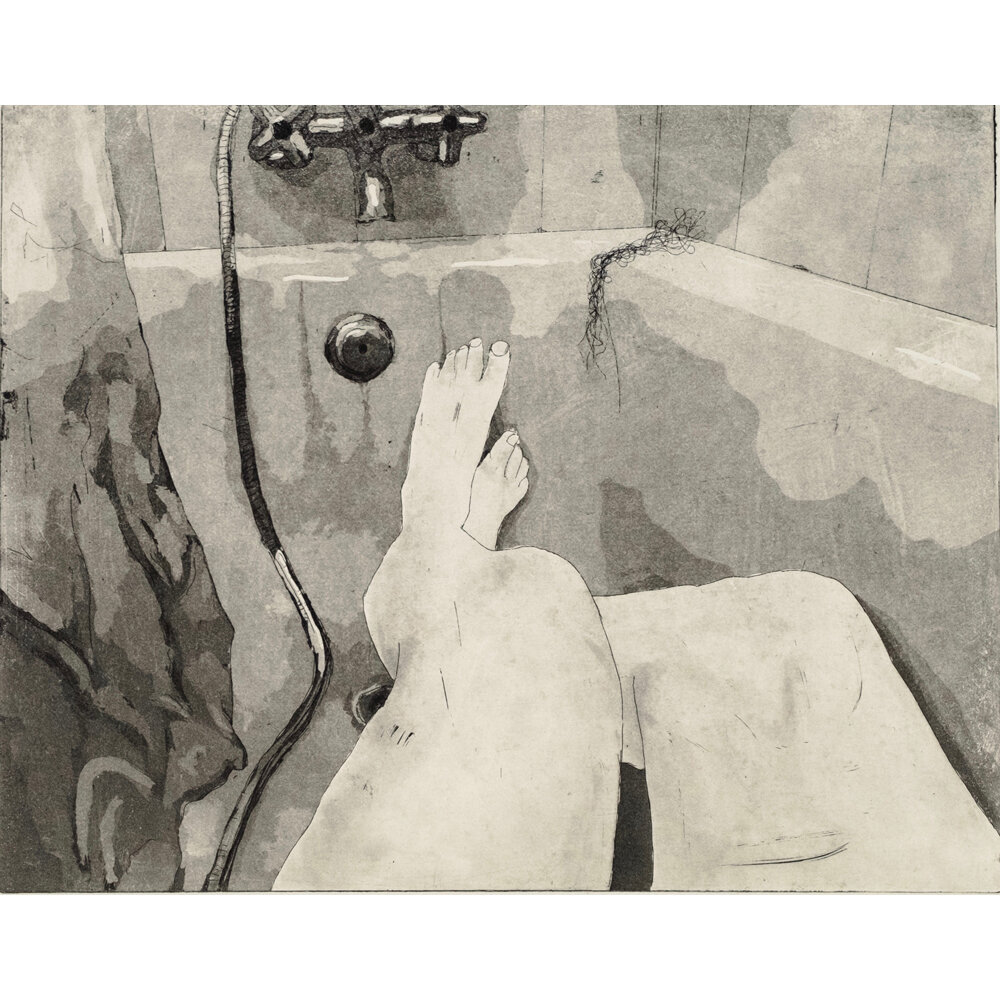James Seow
£0.00
James Seow’s work explores connections between traditional Eastern, Western art and the contemporary, using digital techniques and modern visual language to interrogate these connections.
In his ‘Untamed’ series, he visualises a mythical, naturalistic space that balances reality and illusion through an East viewpoint that questions the perspective of one’s imagination, whilst referencing Old Master still-life paintings and their interest in hierarchy, symbolism and aesthetics. Seow’s work bring into focus an alternative perception of and engagement with the world, seeking to establish a discourse on the bodily relationship between humans and nature.
Seow has incorporated plants and other life forms into his artistic practice as a means of foregrounding pressing ecological issues and expressing marginalised, non-anthropocentric perspectives. Through combining scanography and photography, groups of weeds and insect specimens are digitally presented in a state of natural disarray. The work evokes entomological studies and the existing hierarchy of organism based on aesthetic ideas of beauty and value.
Seow’s work has been exhibited internationally and is in various collections including Central Saint Martins School of Art and Design, Royal College of Art, Brookfield Asset Management Inc., St. James, Berkeley Group, UK and National Taiwan Museum of Fine Arts.
Quantity:
James Seow’s work explores connections between traditional Eastern, Western art and the contemporary, using digital techniques and modern visual language to interrogate these connections.
In his ‘Untamed’ series, he visualises a mythical, naturalistic space that balances reality and illusion through an East viewpoint that questions the perspective of one’s imagination, whilst referencing Old Master still-life paintings and their interest in hierarchy, symbolism and aesthetics. Seow’s work bring into focus an alternative perception of and engagement with the world, seeking to establish a discourse on the bodily relationship between humans and nature.
Seow has incorporated plants and other life forms into his artistic practice as a means of foregrounding pressing ecological issues and expressing marginalised, non-anthropocentric perspectives. Through combining scanography and photography, groups of weeds and insect specimens are digitally presented in a state of natural disarray. The work evokes entomological studies and the existing hierarchy of organism based on aesthetic ideas of beauty and value.
Seow’s work has been exhibited internationally and is in various collections including Central Saint Martins School of Art and Design, Royal College of Art, Brookfield Asset Management Inc., St. James, Berkeley Group, UK and National Taiwan Museum of Fine Arts.
James Seow’s work explores connections between traditional Eastern, Western art and the contemporary, using digital techniques and modern visual language to interrogate these connections.
In his ‘Untamed’ series, he visualises a mythical, naturalistic space that balances reality and illusion through an East viewpoint that questions the perspective of one’s imagination, whilst referencing Old Master still-life paintings and their interest in hierarchy, symbolism and aesthetics. Seow’s work bring into focus an alternative perception of and engagement with the world, seeking to establish a discourse on the bodily relationship between humans and nature.
Seow has incorporated plants and other life forms into his artistic practice as a means of foregrounding pressing ecological issues and expressing marginalised, non-anthropocentric perspectives. Through combining scanography and photography, groups of weeds and insect specimens are digitally presented in a state of natural disarray. The work evokes entomological studies and the existing hierarchy of organism based on aesthetic ideas of beauty and value.
Seow’s work has been exhibited internationally and is in various collections including Central Saint Martins School of Art and Design, Royal College of Art, Brookfield Asset Management Inc., St. James, Berkeley Group, UK and National Taiwan Museum of Fine Arts.






